
Born and raised in São Paulo, Brazil, Apolo Torres is a contemporary artist, whose work ranges from painting and murals to posters and magazine illustrations. A graduate in Industrial Design from Mackenzie University in São Paulo, he also studied painting at the School of Visual Arts in New York.
Since he was just a little child, he always felt a strong passion for art, finding inspiration in cartoons and children’s books illustrations, drawing and replicating whatever he saw. Since then, Apolo has become one of the most interesting figures in the Brazilian street art scence, with a clear focus on canvas painting and contemporary muralism. We recently caught up with Apolo to ask him some questions about his work and inspiration.

Apolo, how would you introduce yourself to our readers? Tell us about your background and creative style, and what got you interested in art?
Hi my name is Apolo Torres, I’m an artist from Diadema, Brazil, a city in São Paulo’s suburbs. I hate to work without music.
I like art since I was little, always trying to draw my favorite characters from comic books, cartoons, my family, and also I used to sit down and admire the work of the graffiti writers from my neighbourhood.
Did you always have the support of your family and friends?
My parents always supported me in everything I wanted to do. They always respected my decisions in how to live my life. I’m not sure if they really believed I would live from my art one day, but that really shows how respectful they are.
You have a degree in Industrial Design. How relevant do you think this has been for your art and artist career?
I got a really strong conceptual foundation in college. Many years studying art history, design history, important notions of composition, branding, visual communication… Also, before we learned the modern printing systems we did all kinds of manual prints such as xylography, lithography and chalcography. We had a good introduction in drawing as well. I started working as an illustrator, so all of this background focused on the market, printed medias, etc, was important for me to start working before I even had a personal style, and believed it was possible to make a living out of my own art.
Your work ranges from painting and murals to posters and magazine illustrations. What is your preferred medium and why?
My preferred media is murals, first because of the size but mainly because it’s always a site specific work, you have to get in touch with the local people and the work must dialog with the surroundings, so I think there is more communication. I really like canvas as well, but for me the canvas is a much more personal work, I have to look inside really hard to find something meaningful to share, whereas in a mural I can talk about society and help to create dialogues.
When and why did you decide that you wanted to paint in the streets? And how does your easel work relate to your murals?
I wanted to do murals since I was a kid and saw the murals in my neighbourhood. It took me a while to start doing public art because I was too concerned about practicing my drawing on paper and digital medias before I would go out and share it.
My easel work is more experimental, it’s good to have a smaller medium to try new things, and if it doesn’t work, it’s a lot less time spent.
Now that you have mentioned your favourite medium, could you explain to us what your references are? Explain to us what your references are? Which techniques are used in your illustrations and murals?
Life as a whole is my reference. People’s stories, my feelings, social issues… But visually speaking, today I have fellow mural artists as an inspiration of where else can we take painting to. The techniques I use are more related to classical painting. I use only brushes and rollers and acrylic paint, no spray paint. I used spray paint for a long time, but as I abandoned the lines, I abandoned spray paint as well.
Do you think your Brazilian background has shaped your style?
Brazilian street art has definitely influenced me in the beginning, but I wouldn’t say that being Brazilian made all that difference. Sure, my city is a huge inspiration to me, but I guess it would be anyway, no matter where I was born.
Any favourite artists? If yes, what draws you to that person’s work?
Not one favorite, no. But Rembrandt is a huge influence in the way he captured light and mixed the colors of the skin complexion. Van Gogh is a reference of personality, style. I love everything he did. And for my contemporaries, I must say Aryz and Etam, for their enormous comprehension of color.
Do you believe that it is possible today to have a unique style when working with so many references and techniques,? especially when you are constantly bombarded with information through social media?
Unique, no. But I don’t think it was ever possible. You can always look to a certain period in time and find all sorts of similarities in the art that was being made then. The difference is that nowadays the stylistic waves are global, and before there was a geographic limitation. That said, I think uniqueness is exactly taking different references and combining them. If you are true to yourself you sure have something unique to share.
Where do you gather inspiration for your works?
From the people and things I came across in my life. I think life experiences are the most valuable inspirations.
In your bio you mention that the city has been one of your biggest influences. How has this influenced your work? And what would you say is the reason for focusing on it? Is it a reflection of your own reality? If yes, how?
In the city you find visual inspiration from the people, their stories, their faces, the way they dress, the way they behave, you have architecture, art, social issues, culture in general. All of those can be subjects for an artistic research. I live in a major city so I look into it for inspiration. If I moved to the forest, maybe nature would be my subject. So sum up, I paint what I see and what I live.
I also noticed that many of your characters seem to either be submerged in water or emerging from it. Does water have a special meaning for you and your work?
Water is the foundation of life as we know. For me it’s something that has an enormous power and symbolic potential. I started using water in my works because São Paulo has a serious problem with floods during the rain season, because the city was built over it’s rivers. After a while, I started reinterpreting water as a symbol for many other subjects. The themes have been evolving but the water has been a constant. I don’t fully understand why I like it so much, but I always trust my instincts when I’m painting. In many times the images come to my mind before the concepts, and later on, when time goes by, I realise what was going on in my life and what I was painting, and it all makes perfect sense.
If you had to sum up what your art means, what would it say? What message do you wish to express with your paintings?
I don’t really use my art as a statement of any kind. Frequently I approach social issues in my public pieces, but it’s hardly a statement. I don’t intend to bring any answers, what I want is to promote the debate. As for my canvas paintings, more intimate works, the concepts are quite abstract during the process. As I said before, I often need some time to look into my works and reflect about myself to make sense of it.
Do you think art has changed the way you see life and what surrounds you?
I wouldn’t say “changed” because I really always had art as the only constant in my life. But it has definitely shaped the way I see the world.
As a predominately fine art artist. What are your thoughts about the street art scene today?
The way I see, street art is no longer counterculture. It has been completely absorbed by society and the market. But that doesn’t have to be a bad thing. Street art festivals around the world are shaping the way people see art. You go to a city, and in order to see the works you have to walk around, really get in touch with the local community, instead of going to a museum for that. This way, art goes from being a property to being a part of the city itself. Another good thing is that it means that the first generation of street artists that fought so hard for this space, for being heard, have accomplished their goal. The space is ours. Now we must honour them and take it to the next level, doing works better than ever before, and using the space to bring important issues to the table.
What can we expect from you in the future? Any projects coming up?
Yes I have two big projects for the next few months, but I can’t discuss it yet, you have to stay tuned. Other than that, my idea is always to take my work to new places, so I’m always looking for new venues, festivals, exhibitions, whatever.
Do you have any advice to young aspiring artists?
My advice is to always look for something new to learn and to do. In my opinion the biggest mistake, not only for young artists, is to try to find your own style, because more often then not you get stuck with something that is not even that good, but keep doing it over and over to get a fast recognition. I think style must come naturally, and yet you always have to look for something to let go and put something new, and little by little let your work turn into something else. That way you create a history instead of creating just one thing and spend the rest of your life copying yourself.
Apolo Torres is currently in Italy where he has been painting a series of murals for 25novembre.org to celebrate the International Day for the Elimination of the Violence Against Women. One of them is “Knowledge is Freedom” or “Conoscenza è Libertà” curated by Memorie Urbane and painted in the town of Terracina. Here photographed by Arianna Barone.
This interview was first published on Urbanite

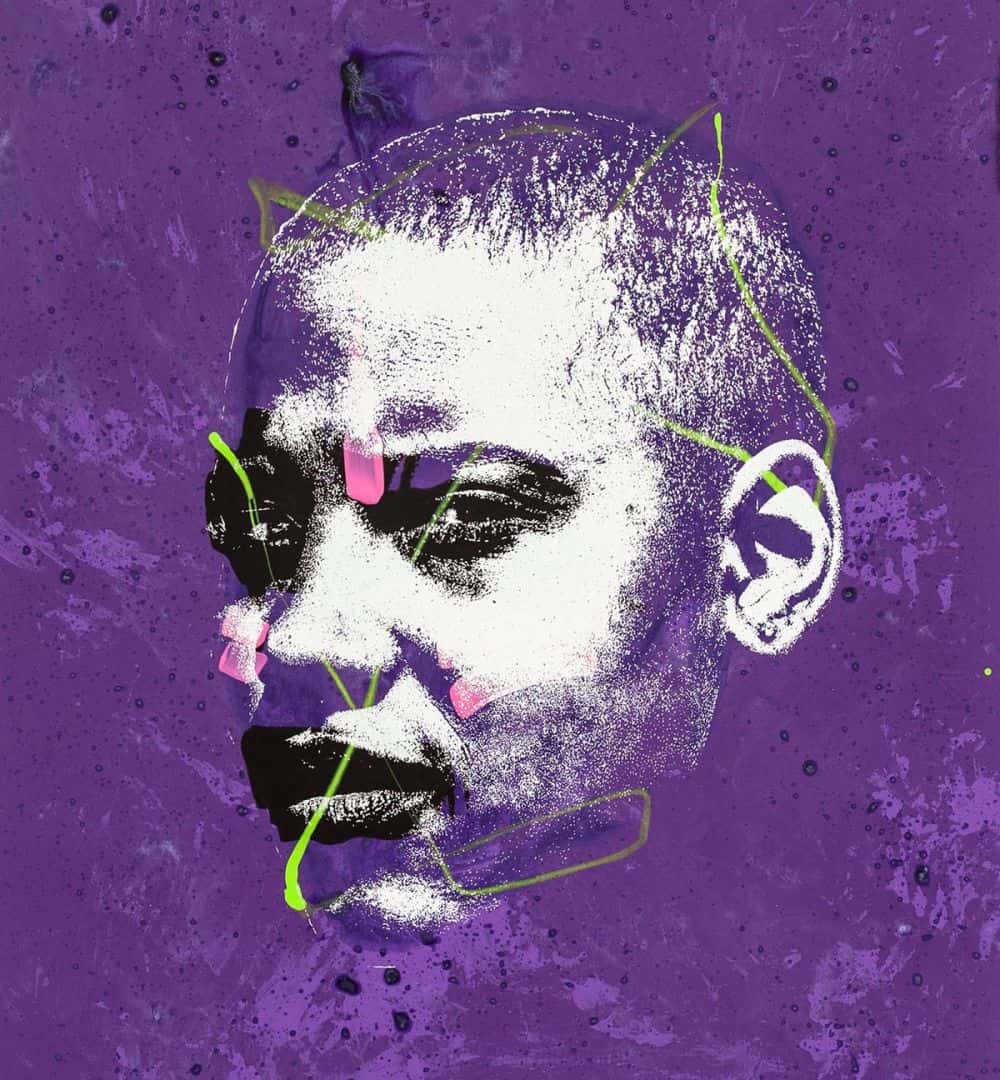
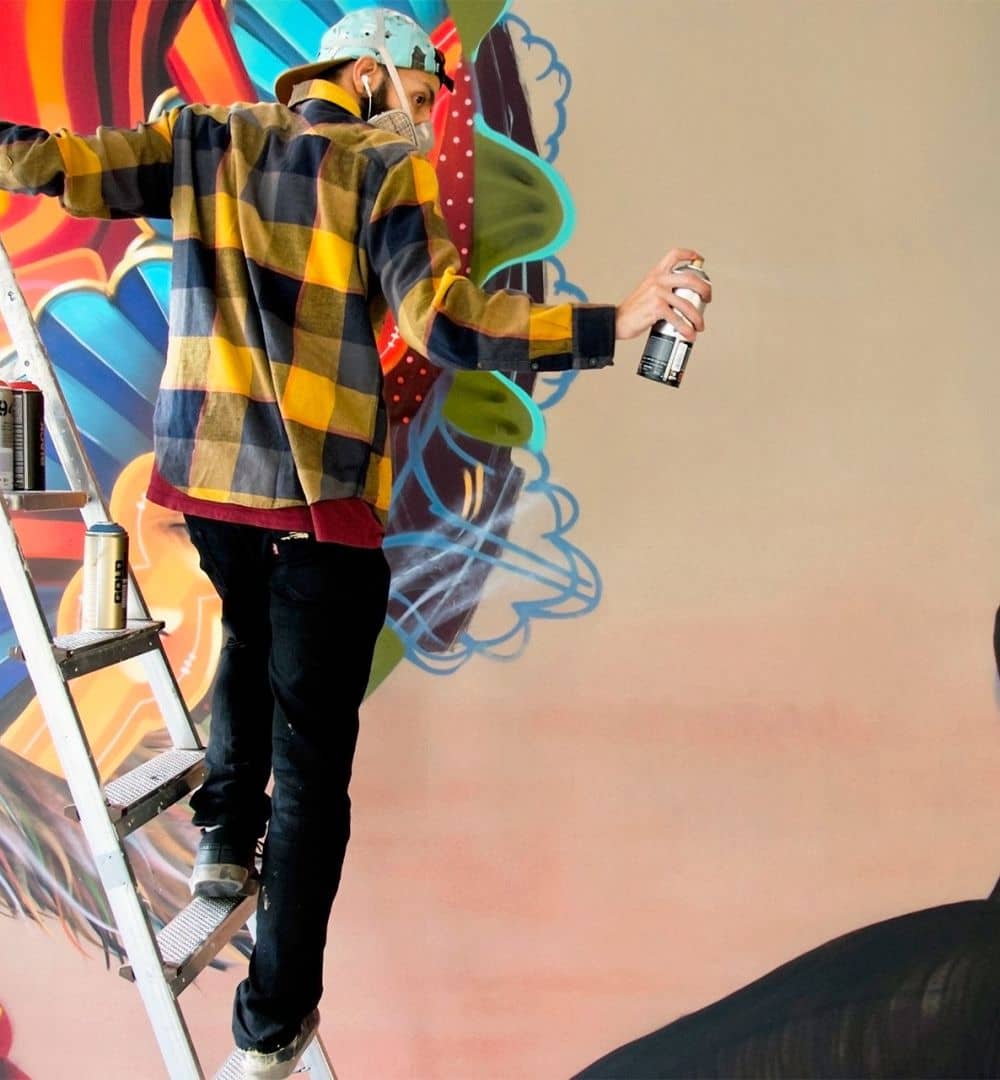
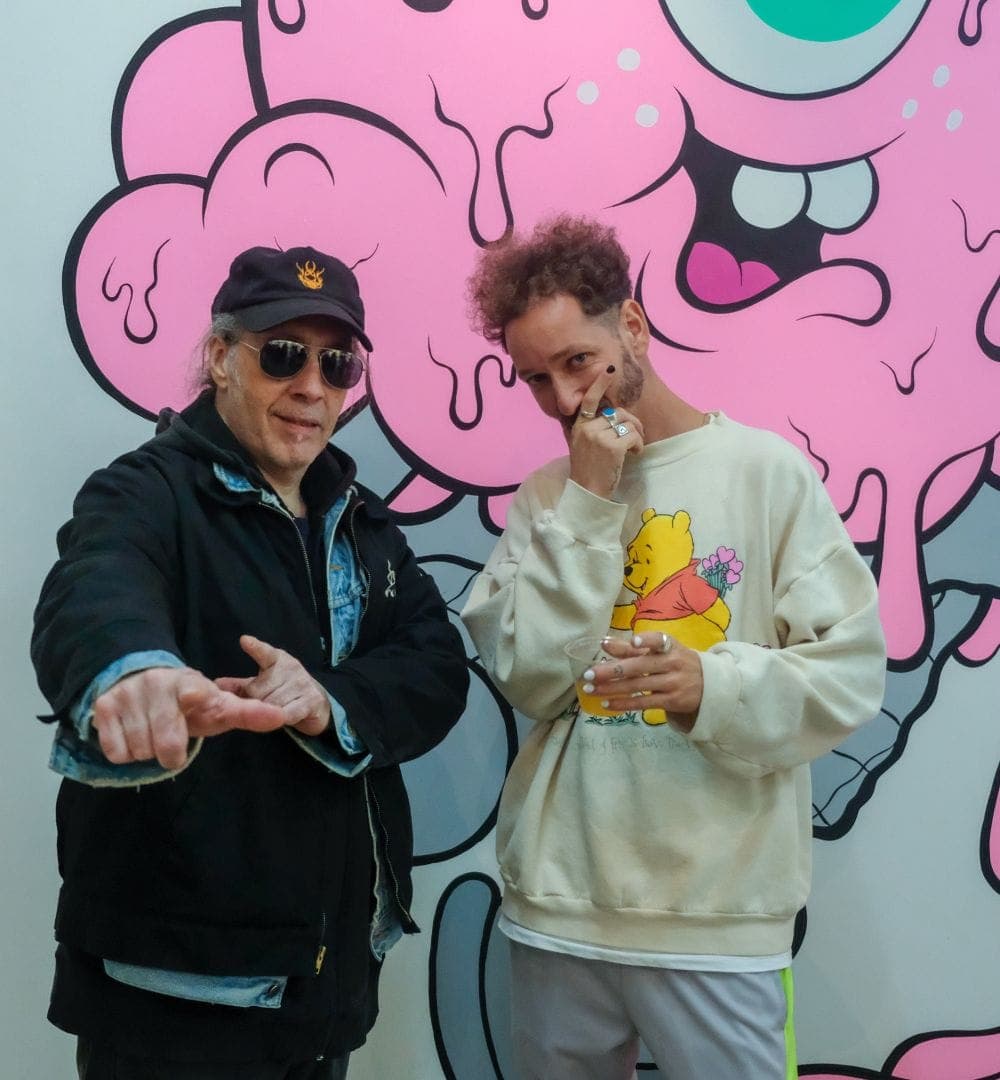
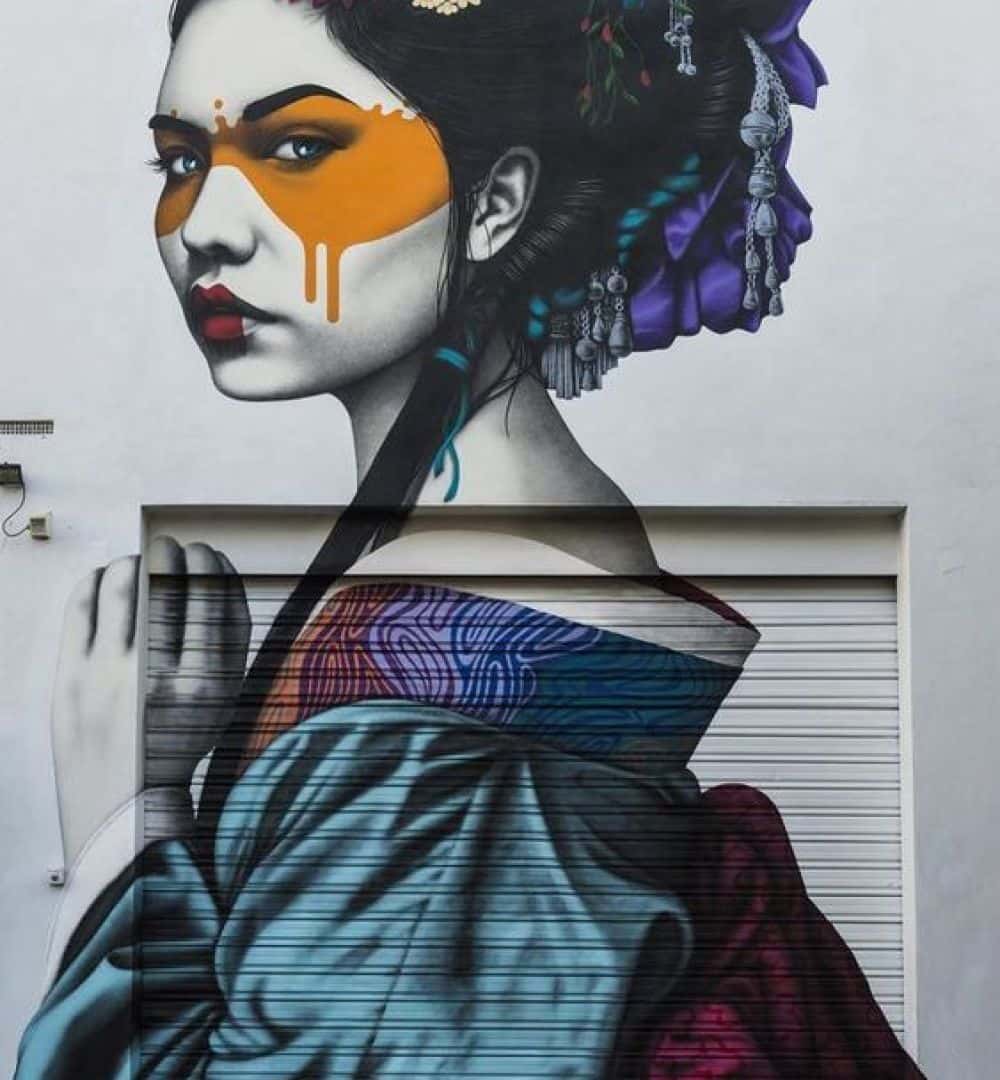

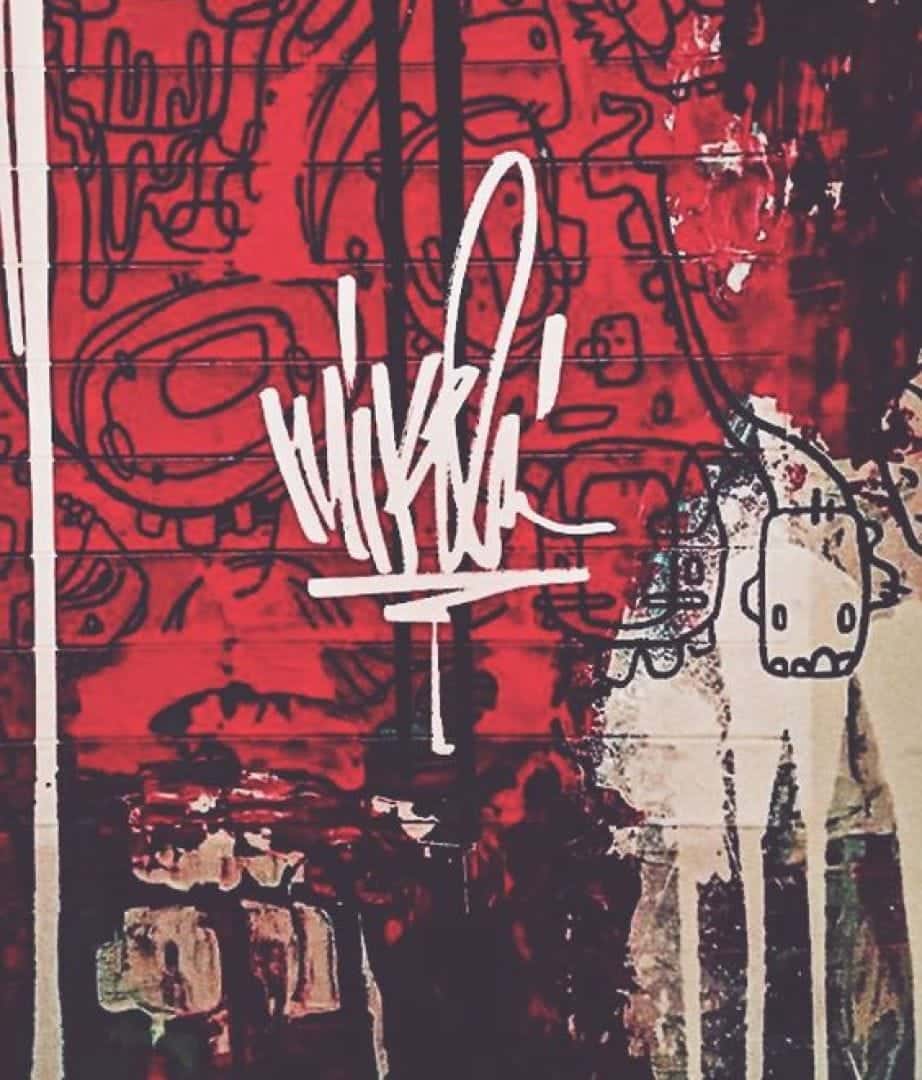
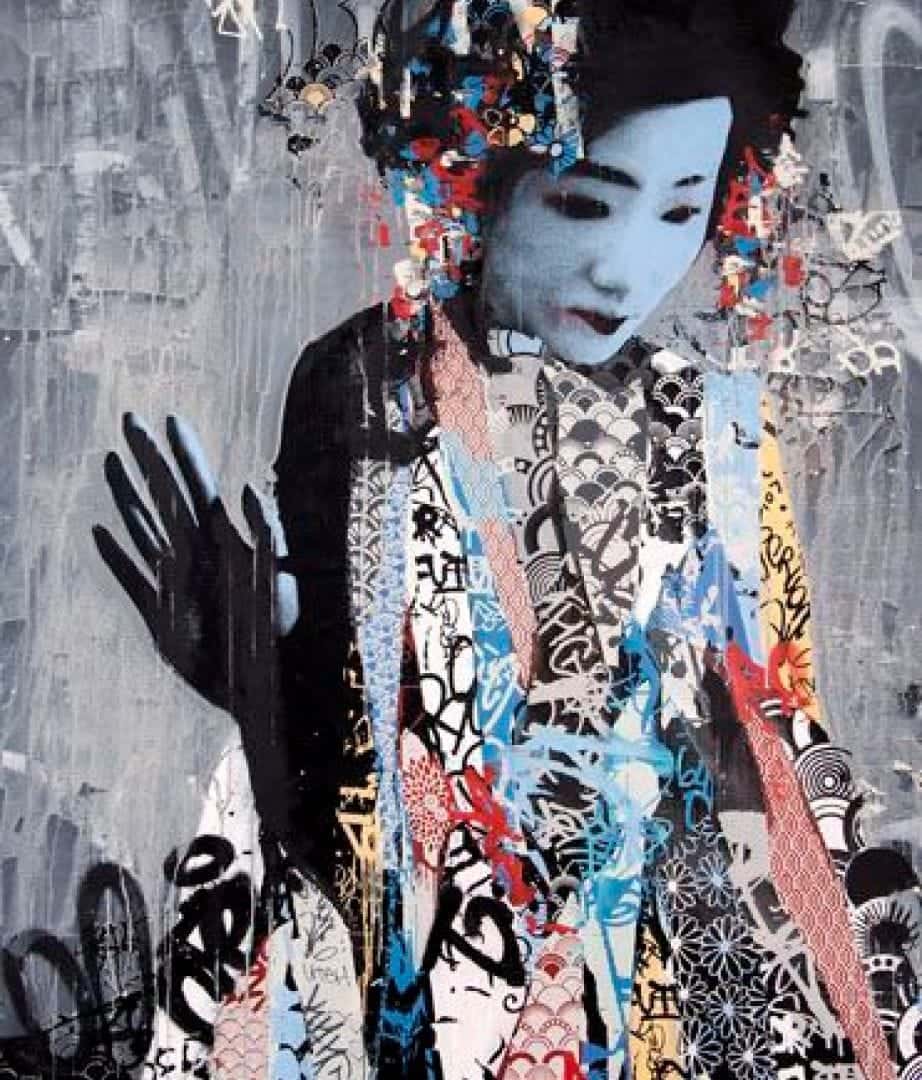
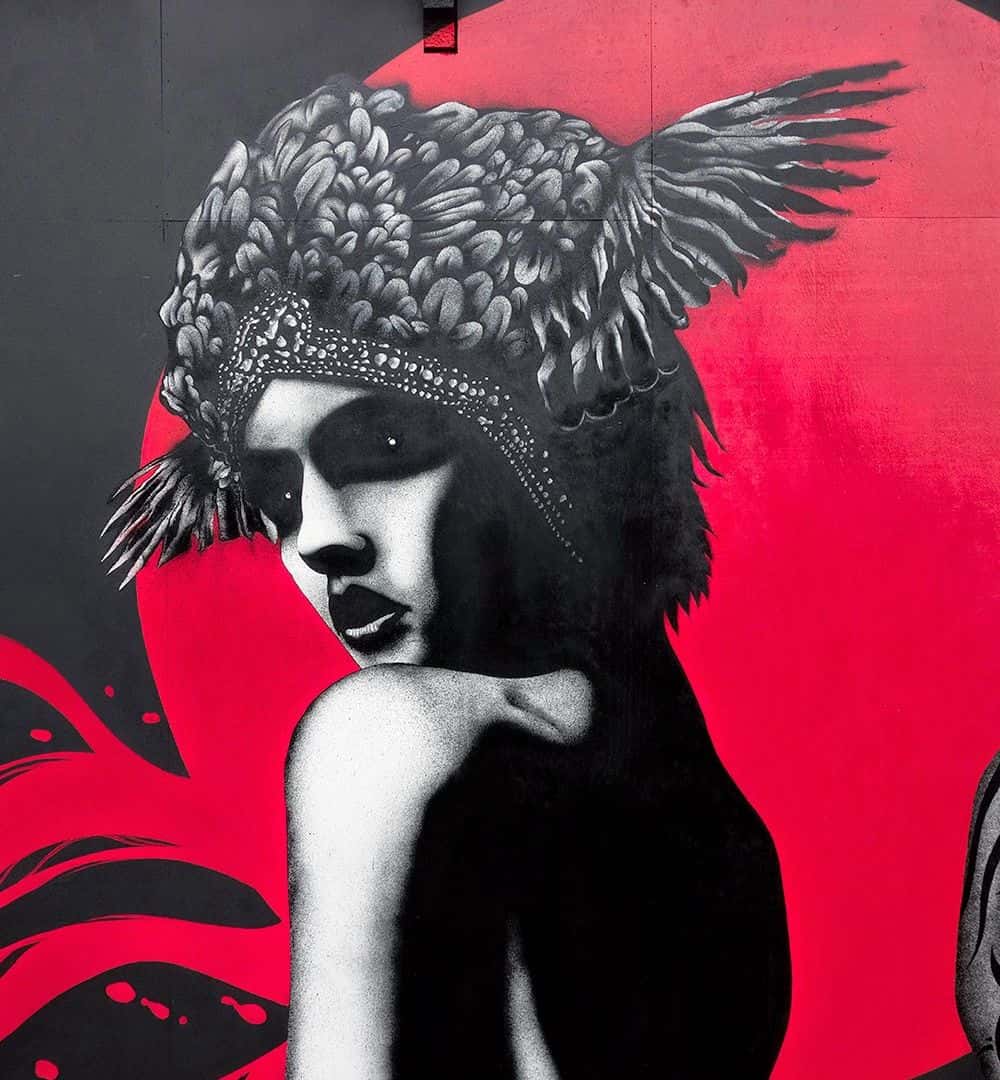
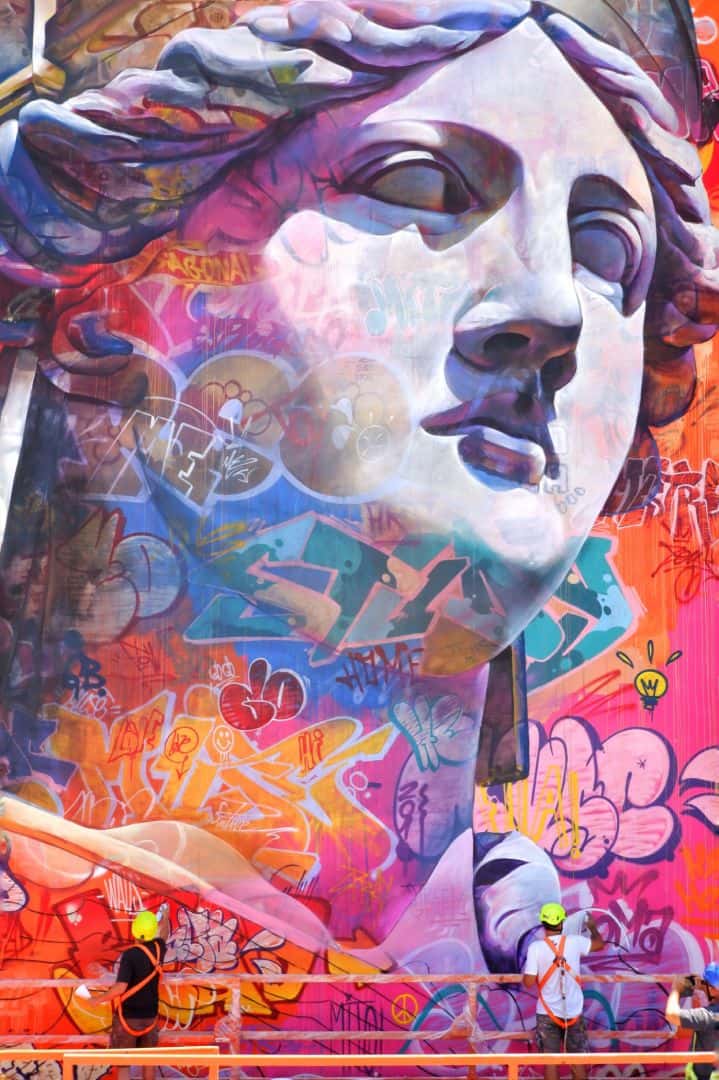


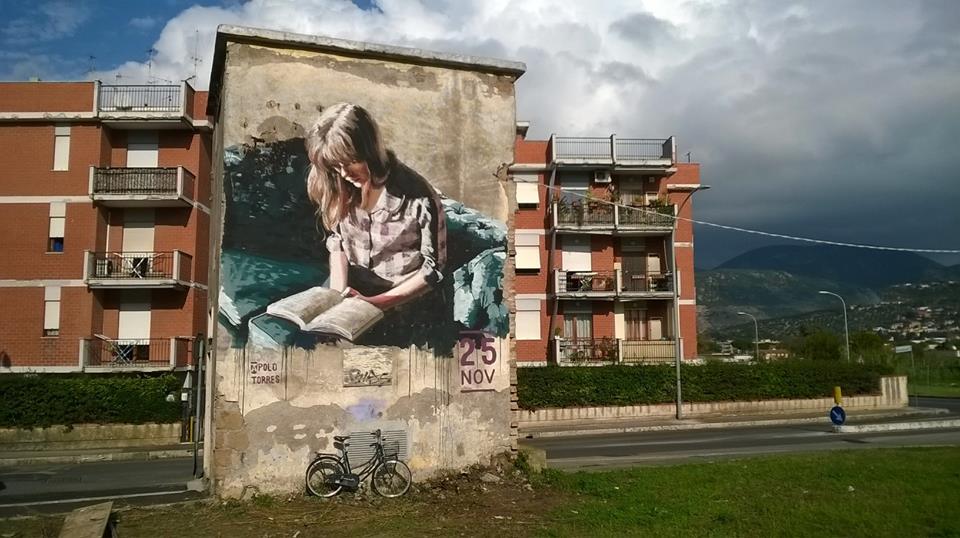

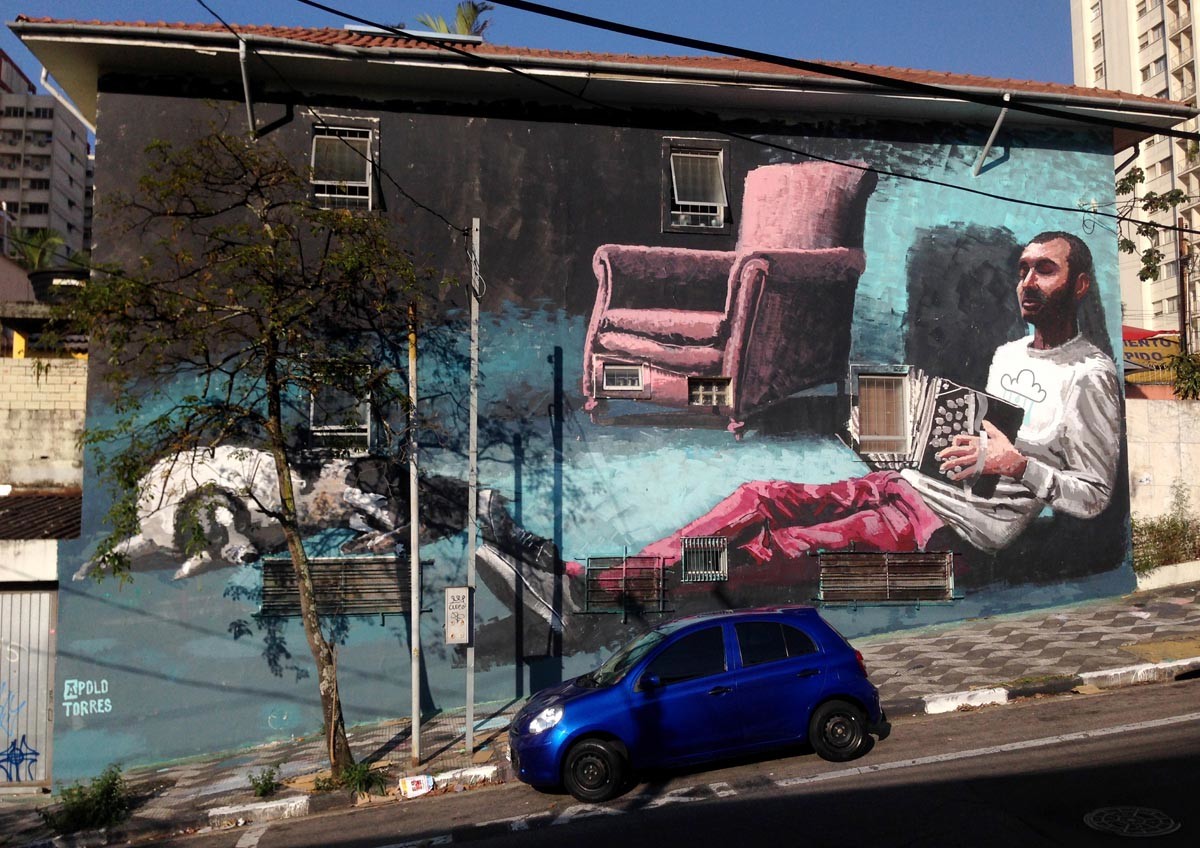
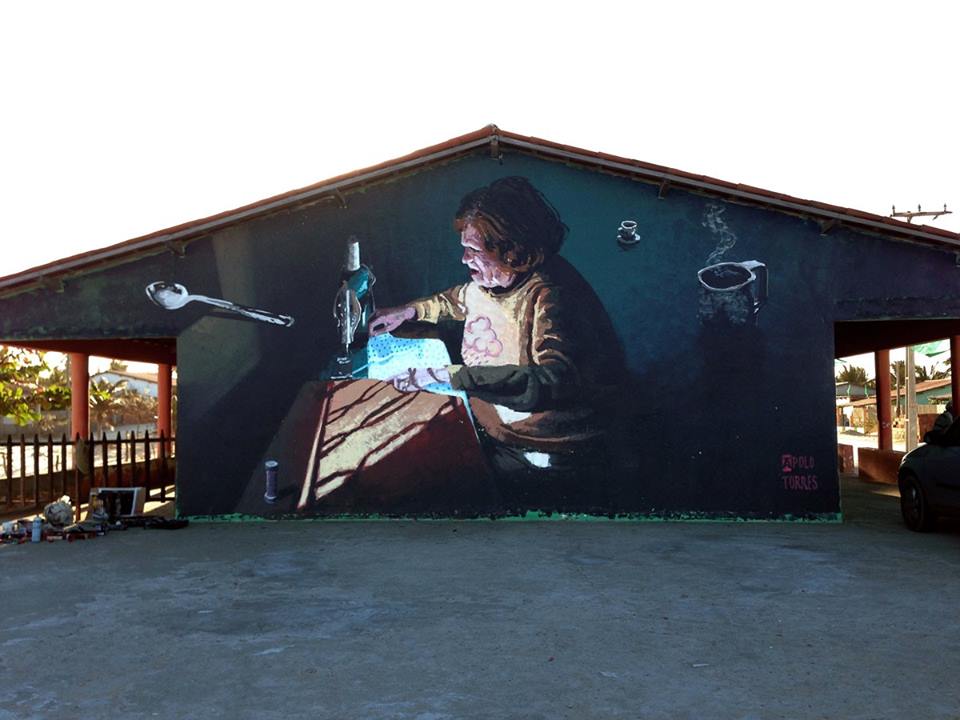
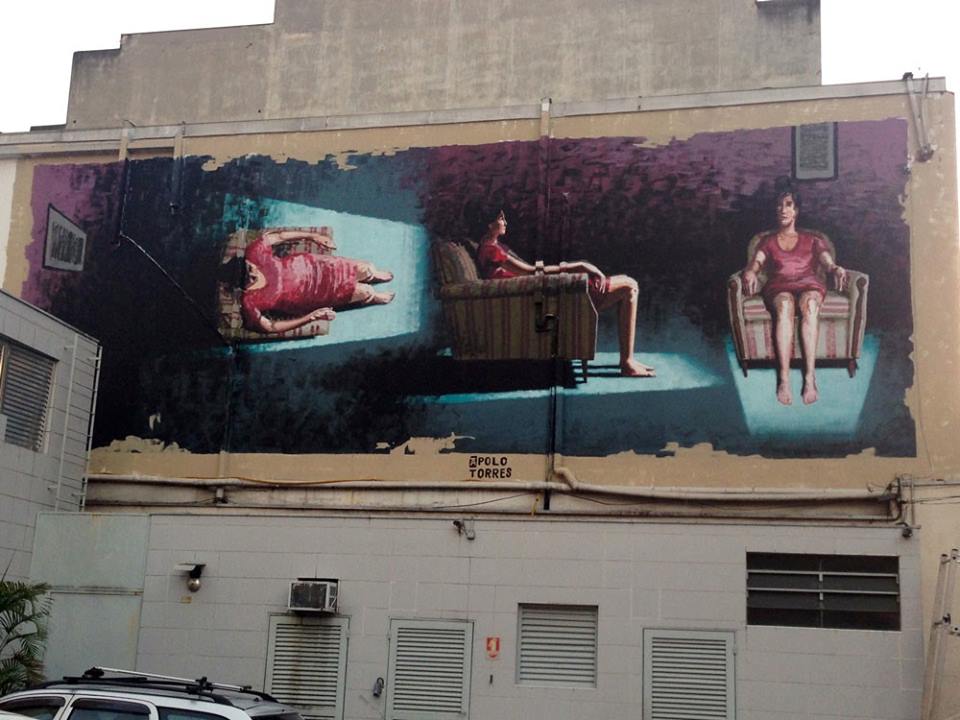
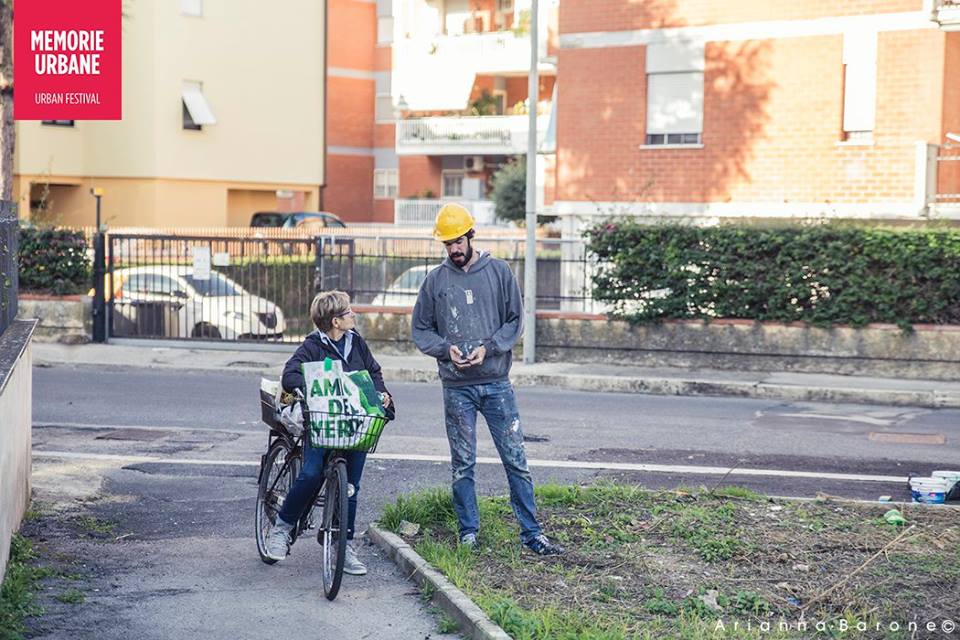
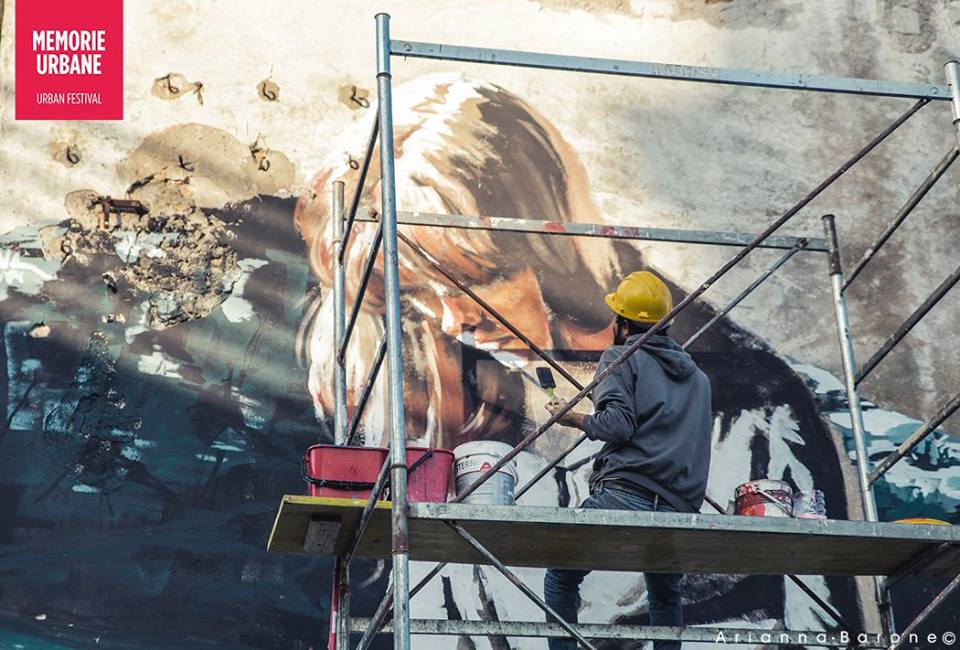
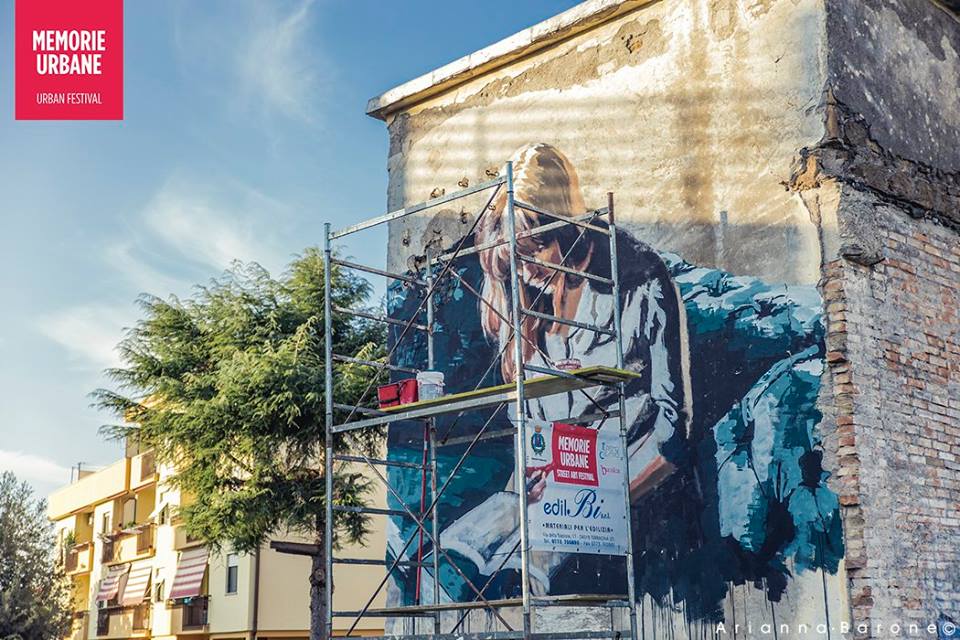
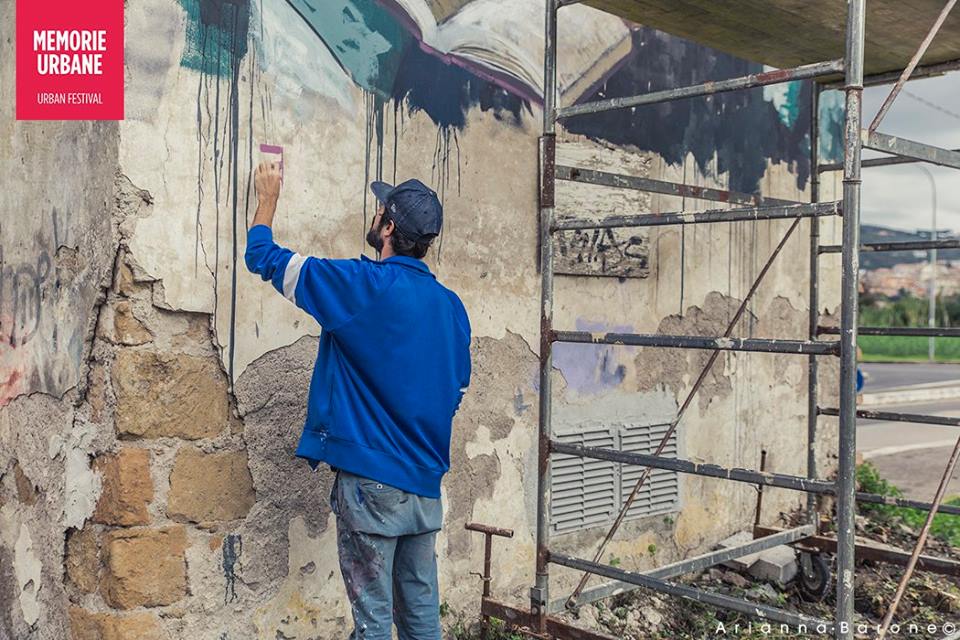

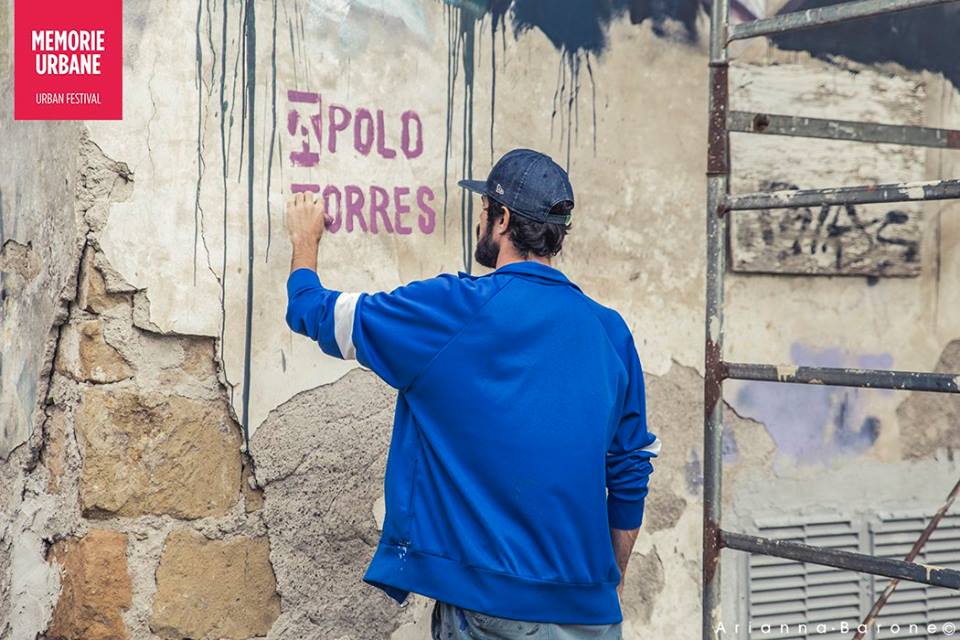

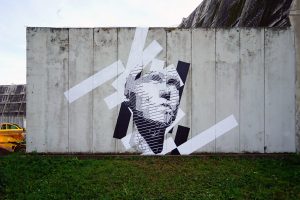
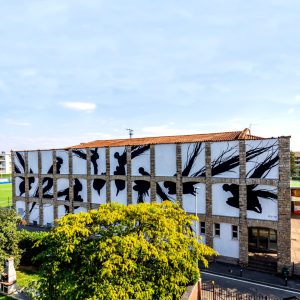
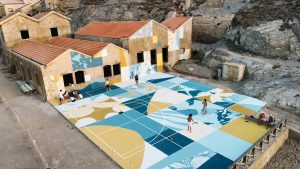
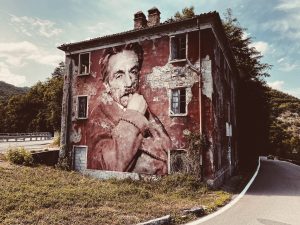
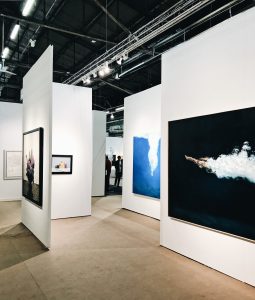
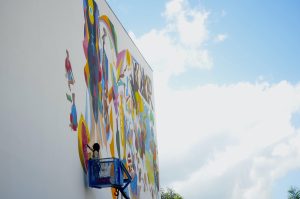
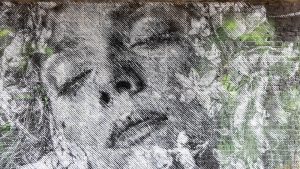
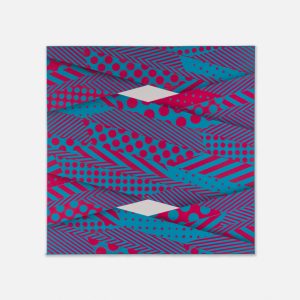
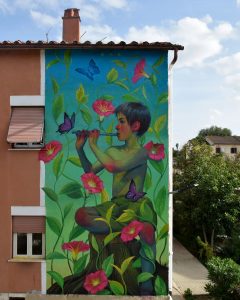
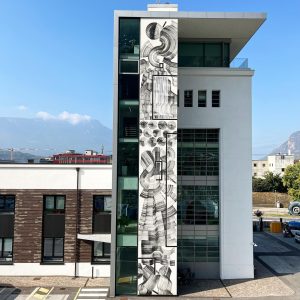
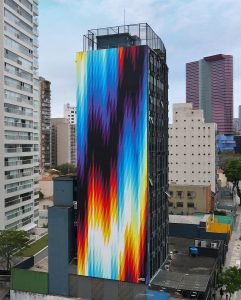

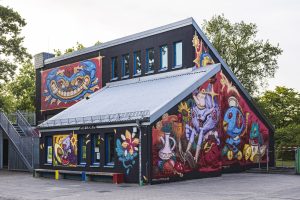

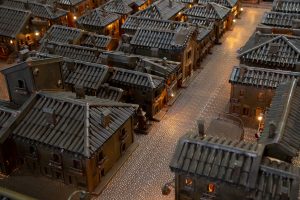

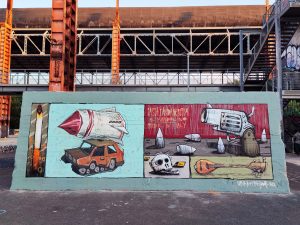
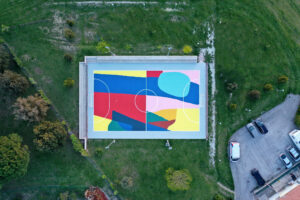
comment